Starting Grants 2024: Examples of projects
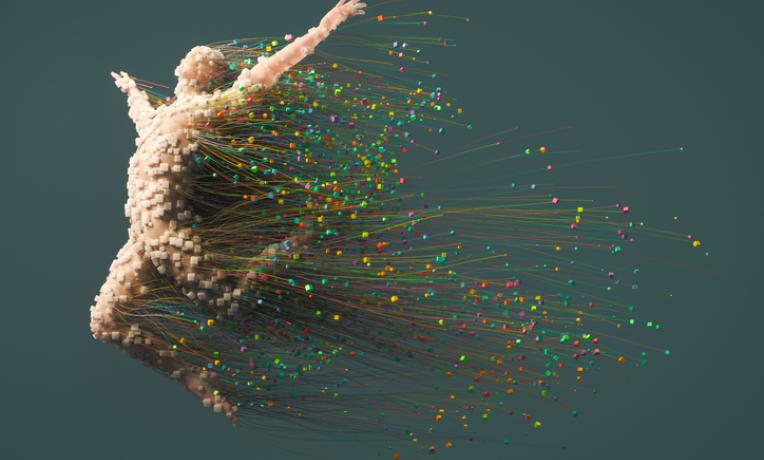
Next-gen intelligent robots master real-world challenges
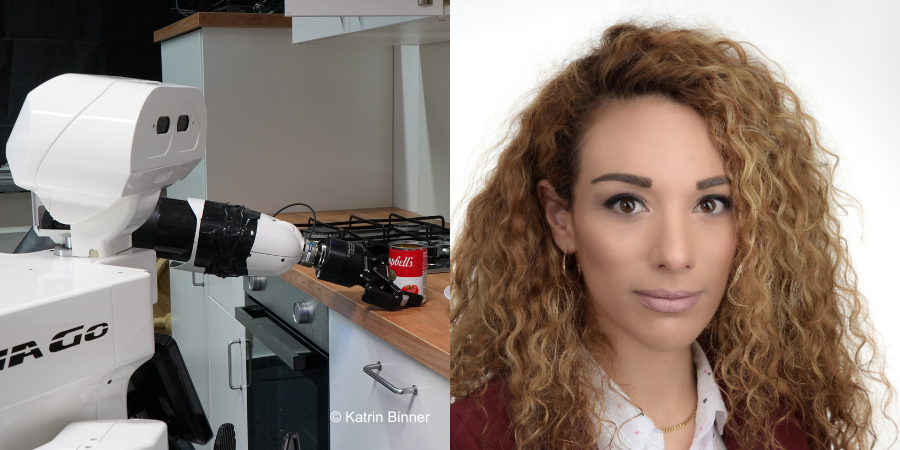
Robot learning has come a long way with powerful neural networks and large datasets. However, questions remain about whether such large-scale models and data are necessary for robots to perform tasks that humans find intuitive.
Georgia Chalvatzaki and her team propose a new approach by viewing the robot and its environment as a single, unified system. By studying the bidirectional flow of information and energy between robots and their environments, they aim to uncover key aspects of how robots reason about the world and act within it.
To this end, the project will use advanced techniques to allow robots to learn from various sensory inputs, adapt to new tasks, and estimate uncertainty, making them more robust and versatile.
The goal is to enable robots, like humanoid mobile manipulators, to work smoothly in unpredictable environments, performing complex tasks with human-like coordination. This innovative approach could lead to major advancements in developing robots that continuously learn and evolve with their surroundings, therefore pushing the boundaries of what robots can achieve in the real world.
Georgia Chalvatzaki is a Full Professor for Interactive Robot Perception and Learning (PEARL) and the DFG Emmy Noether research leader of the iROSA group at TU Darmstadt, Germany.
- Researcher: Georgia Chalvatzaki
- Project: Structured Interactive Perception and Learning for Holistic Robotic Embodied Intelligence (SIREN)
- Host Institution: Technical University Darmstadt (DE)
- ERC funding: 1.5 million euro for 5 years
The crucial role of public opinion in military alliances
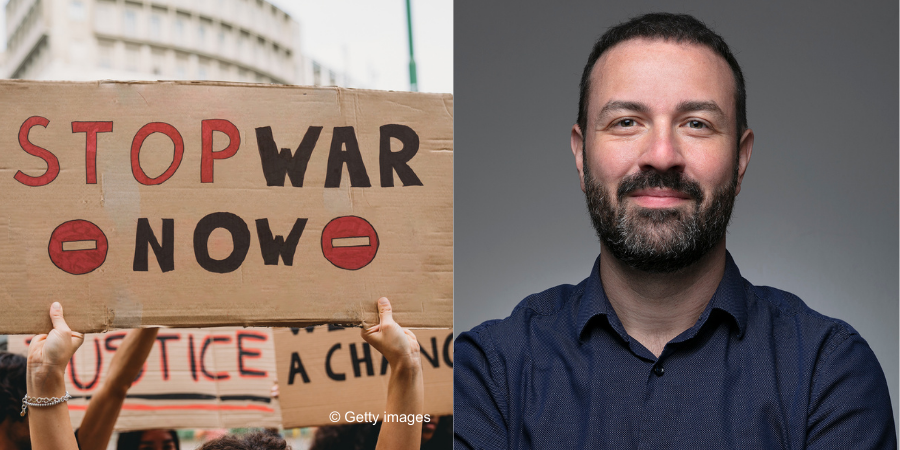
Does the success of military alliances ultimately depend on public opinion? Historically, allied states have often failed to honour their collective defence commitments. However, the influence of public views on these critical decisions remains underexplored. Michal Smetana aims to place public opinion at the centre of understanding the microfoundations of collective defence.
The project will use advanced methods in experimental political science, international relations, and political psychology to conduct an extensive, cross-national investigation in key NATO member states. The primary focus will be on individuals' views, examining how they form and influence public opinion and, subsequently, decision-makers in allied states.
The project introduces a complex theoretical model to answer three questions. How do individuals develop attitudes towards allied assistance in various defence scenarios? How do these attitudes aggregate into public opinion shaped by societal influences? How does public opinion then impact decision-makers in allied states?
The main hypotheses suggest that the strategic context significantly affects public opinion formation and its relevance for policymaking. Public opinion, on the other hand, can become highly polarised, flexible and more influential for decision-makers in ambiguous “grey zone” conflicts. A methodological innovation of this project involves using immersive mixed-media experiments to create an interactive and realistic experience for participants. In a time of increasing international security challenges, the findings of this research could fundamentally reshape our understanding of the stability and credibility of military alliances.
Michal Smetana is an Associate Professor at the Institute of International Studies of the Faculty of Social Sciences, Charles University, Director of the Peace Research Center Prague (PRCP), and Head Researcher at the Experimental Lab for International Security Studies (ELISS).
- Researcher: Michal Smetana
- Project: Microfoundations of Collective Defence (MICROCODE)
- Host Institution: Charles University (CZ)
ERC funding: 1.5 million euro for 5 years
Navigating (dis)information as a teenager

Disinformation is a pervasive and growing problem in modern society, especially with the rise of social media. Teenagers spend a lot of time on online platforms and often use them as a primary source of information. Yet surprisingly little is known about children’s susceptibility to disinformation and how this might change from early adolescence to adulthood. However, this knowledge is crucial to develop educational programs that foster resilience against disinformation. In this newly funded project, Ili Ma and her team will develop the first account of susceptibility to disinformation throughout adolescence.
The innovative multi-method approach combines machine learning - to investigate social media content, with controlled lab experiments including eye tracking and computational models - to characterize teenagers age-specific susceptibilities to disinformation. The research will deliver key insights into the field of developmental psychology. The approach will enable a better understanding of the types of (dis)information that teenagers encounter on social media, how framing affects their veracity judgements, the learning processes behind their susceptibility, and finally, the personal differences which might make some individuals more susceptible to disinformation and extreme views than others. The findings will serve to build an evidence-based educational program against disinformation, tailored to the age-specific needs of youth.
Ili Ma is an assistant professor in the Developmental and Educational Psychology unit of the Institute of Psychology at Leiden University. She aims to understand the computational and cognitive processes that underlie learning and decision-making throughout adolescence.
- Researcher: Ili Ma
- Project: Growing Up in the Digital Age of Disinformation (DISINFORMED TEENS)
- Host Institution: Leiden University (NL)
ERC funding: 1.5 million euro for 5 years
Viral tricks: Understanding how viruses infect
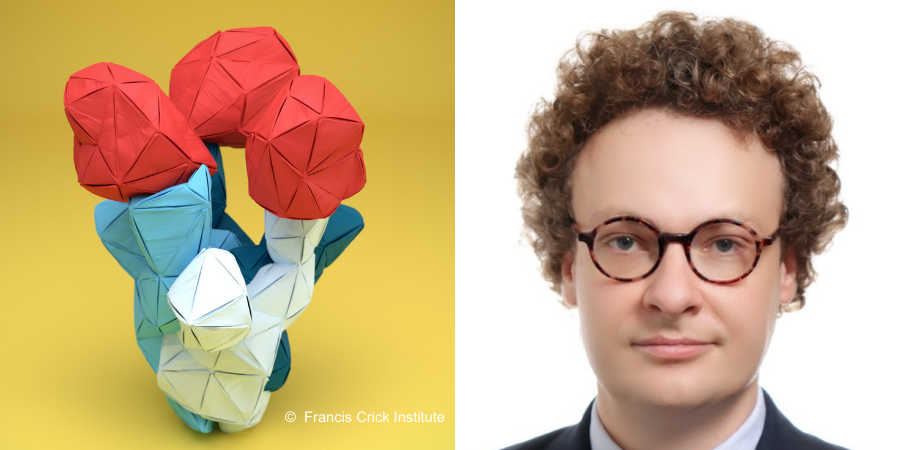
To infect a host cell, a virus needs to attach to a receptor on the cell's surface. Typically, viruses use specialised glycoproteins (proteins with attached carbohydrates) to bind to these receptors. They can be either glycans (sugar molecules) or proteins. The ability of a virus to infect a host is largely determined by how well its glycoproteins bind to these receptors. Some viruses with high pandemic potential, like influenza A and coronaviruses, can change their receptor targets which may have played a role in the emergence of pandemic viruses like SARS-CoV-2.
Antoni Wrobel and his team are exploring how similar viral glycoproteins can recognise different receptor types and how the type of receptor affects the strength of interaction and the process of viral fusion. Moreover, the team will investigate changes in receptor binding which can occur during viral evolution and influence the virus's development. Using a combination of structural, biochemical, and biophysical methods they will analyse the interactions between viral glycoproteins (such as influenza haemagglutinins and coronavirus spikes) and their glycan and protein receptors. This research will provide new insights into the flexibility of viral glycoproteins and the evolutionary changes in receptor specificity. It will shed light on the emergence of pandemic viruses such as SARS-CoV-2 and pandemic influenza A viruses and will improve the ability to monitor and prepare for emerging pathogens.
Antoni Wrobel is a principal investigator and career development fellow at the Department of Biochemistry of the University of Oxford, UK.
- Researcher: Antoni Wrobel
- Project: How viruses switch between glycan and protein and what it means for past and future pandemics (GLYCvsPROT)
- Host Institution: University of Oxford (UK)
- ERC funding: 1.5 million euro for 5 years
Fighting fire with light: Advanced lasers for fire prevention
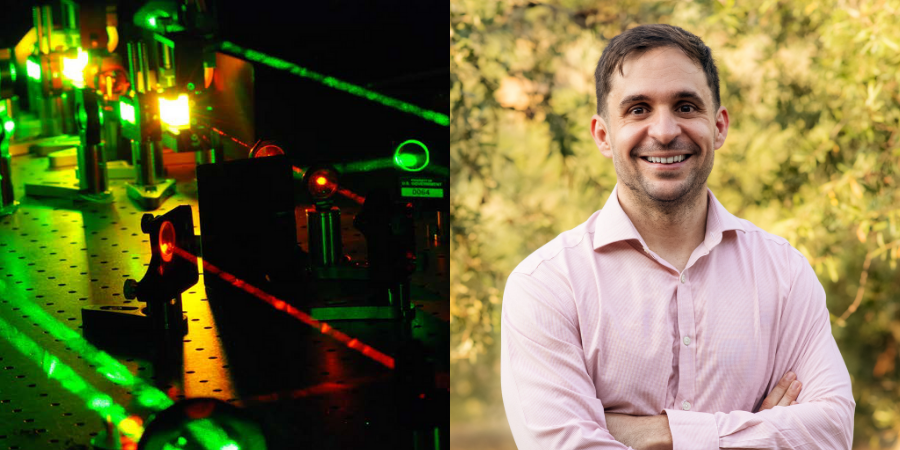
Uncontrolled fires in buildings and nature are a major issue, worsened by climate change and an aging population.
To address this, David Escofet-Martin and his team aim to understand how flames spread by measuring heat transfer using advanced laser techniques. The project will be the first fire study ever to use simultaneous multi-dimensional temperature measurements of both gas and solid surfaces to calculate heat transfer. For gas measurements, the team will use a method called Hybrid Rotational Coherent Anti-Stokes Raman Spectroscopy, which analyses the interaction between light and matter to study the molecular energy states. It will provide valuable information about the chemical composition and temperature of these substances. At the same time, surface temperature will be measured with phosphor thermometry, a technique that uses the light emitted by phosphor materials that changes with temperature.
The new project will also advance laser diagnostic techniques that will reduce experimental time and increase sensitivity for studying flame spread. The goal is to provide new data on heat transfer, helping to improve fire safety and prediction models for future fire prevention by combining advanced experiments with tailored laser diagnostics.
David Escofet Martín is a Serra Hunter Lecturer at Universitat Politècnica de Catalunya -BarcelonaTech (UPC) in Terrassa (Barcelona), Spain.
- Researcher: David Escofet Martin
- Project: Utilising spectroscopy to quantify Thermal transport in flame spread (UTILE)
- Host Institution: Technical University of Catalonia (ES)
- ERC funding: 1.5 million euro for 5 years





